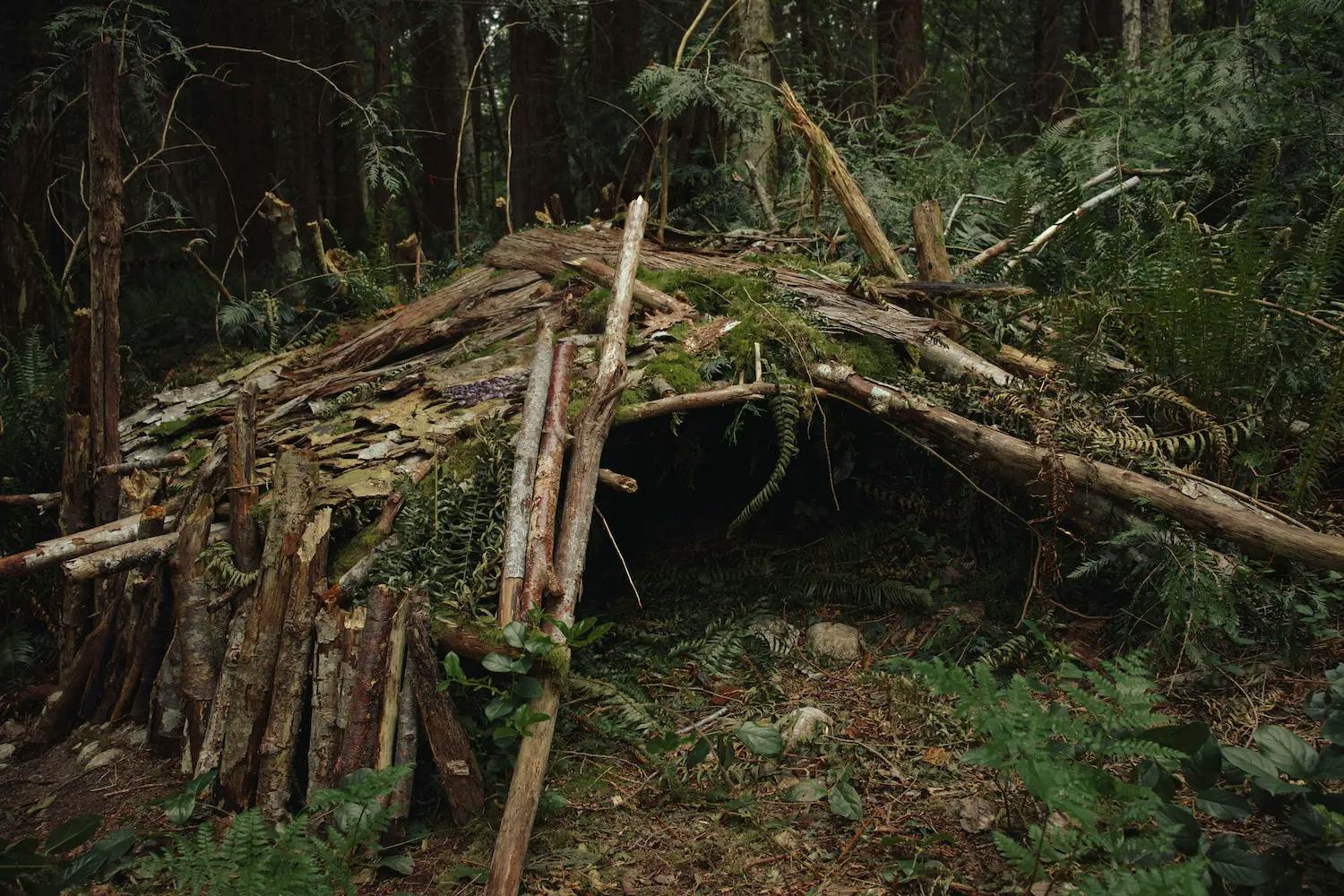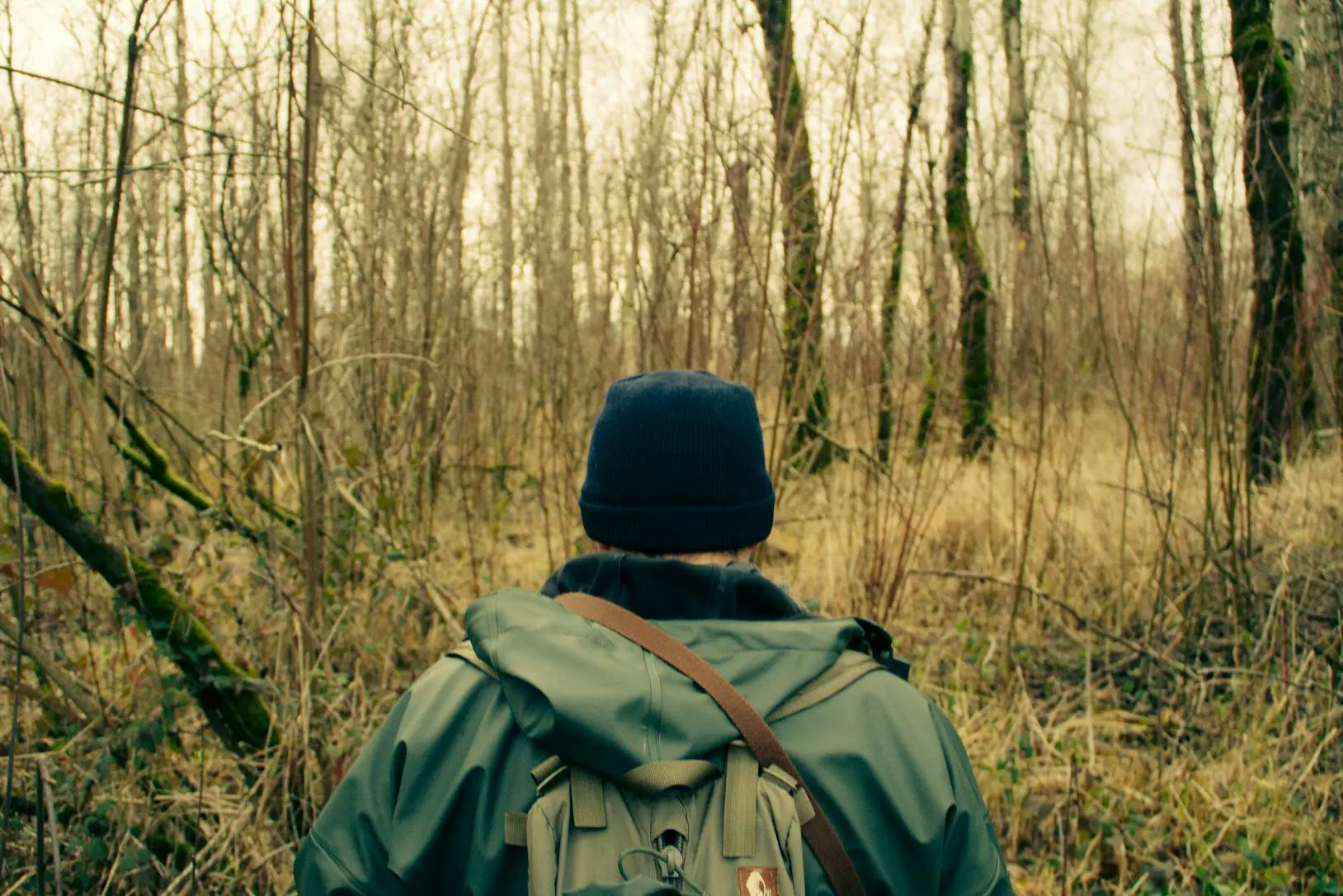Proper Crisis Preparedness: Essential Steps
- Published on
In today’s uncertain world, being prepared for a crisis is not only a good idea – it’s a necessity. Whether you're a seasoned survivalist or just beginning to explore the world of prepping, having a solid crisis preparedness plan in place can mean the difference between life and death in the event of an emergency. From natural disasters to societal unrest, there are numerous potential threats that could disrupt the familiar order of our lives. With that in mind, it's crucial to take proactive steps to ensure that you and your loved ones are ready to face whatever may come your way. In this guide, we'll delve into the essential aspects of crisis preparedness, covering everything from basic survival gear to long-term sustainability strategies.
Understanding the Risks
The first step in crisis preparedness is to understand the specific risks that are relevant to your location and situation. Are you in an area prone to earthquakes, floods, or hurricanes? Are there any potential social or economic factors that could lead to instability in your region? By identifying the most probable risks, you can tailor your preparedness plan to address these specific challenges. Consider creating a comprehensive list of potential threats, and prioritize them based on their likelihood and potential severity.
Building a Reliable Survival Kit
A well-equipped survival kit is a cornerstone of crisis preparedness. Your kit should contain essential items such as non-perishable food, water purification tools, first aid supplies, multi-tool, flashlight, and extra batteries. Additionally, it's wise to include items like emergency blankets, a portable stove, and a means of communication, such as a hand-crank radio. Be mindful of the specific needs of your family members, including any medications, infant formula, or pet supplies that may be necessary. Your survival kit should be easily accessible and ready to go at all times.
Developing Essential Skills
While having the right gear is crucial, possessing a set of survival skills is equally important. Take the time to learn basic first aid, fire-starting techniques, navigation without a compass, and how to identify edible plants in the wild. Being able to maintain calm under pressure and make rational decisions in the midst of a crisis is a skill in itself, and can be honed through practice and education. Joining a local survival group or taking wilderness survival courses can provide valuable hands-on experience and knowledge.
Securing Shelter and Water
In any crisis scenario, the availability of shelter and clean water is paramount. If you're preparing for a potential evacuation, identify multiple shelter options, including designated meeting points and emergency accommodations. It's also wise to have a plan for fortifying your home in the event that you need to shelter in place. Regarding water, consider both short-term and long-term solutions. In the immediate aftermath of a crisis, having a portable water filtration system can be a lifesaver, while also exploring sustainable options such as rainwater harvesting and well maintenance for the long haul.
Long-Term Sustainability
In the event of a prolonged crisis, the ability to be self-sufficient is invaluable. As part of your crisis preparedness plan, consider the long-term logistics of sourcing food, generating power, and maintaining essential supplies. This may involve starting a small backyard garden, acquiring basic livestock for food production, or even investing in renewable energy solutions such as solar power. Taking steps to reduce your reliance on external systems will not only increase your chances of survival, but also provide a sense of security and autonomy in uncertain times.
Staying Informed and Connected
Remaining informed about potential threats and crisis situations is crucial for making well-informed decisions. Establish reliable communication channels, both within your immediate circle and beyond. This could involve setting up a network with trusted neighbors or joining community emergency response groups. Staying abreast of local news, weather updates, and government advisories will allow you to adapt your preparedness plan in real time and respond effectively to evolving situations.
Final Thoughts
Crisis preparedness is not a task to be taken lightly. It requires dedication, ongoing assessment, and a commitment to adaptability. By taking the time to identify risks, gather essential supplies, acquire necessary skills, and plan for long-term sustainability, you can significantly increase your chances of weathering a crisis with resilience. While it’s impossible to predict the exact nature of future challenges, the foresight and preparation you invest today can make all the difference tomorrow. Remember, crisis preparedness isn't solely about stockpiling supplies; it's about cultivating a mindset of readiness and self-reliance that will serve you well in any situation.
In conclusion, crisis preparedness is a multifaceted undertaking that demands both practical preparedness and a resilient mindset. By prioritizing the essential elements of survival gear, skills development, sustainable resources, and reliable communication, you can fortify yourself and your loved ones against the uncertainties of the future. Whether you're faced with a natural disaster, societal upheaval, or any other unforeseen crisis, the steps you take today could make all the difference when tomorrow arrives.
Invest in preparedness, stay informed, and above all, stay safe.
Resources:
- Emergency Essentials
- Wilderness Survival Courses



